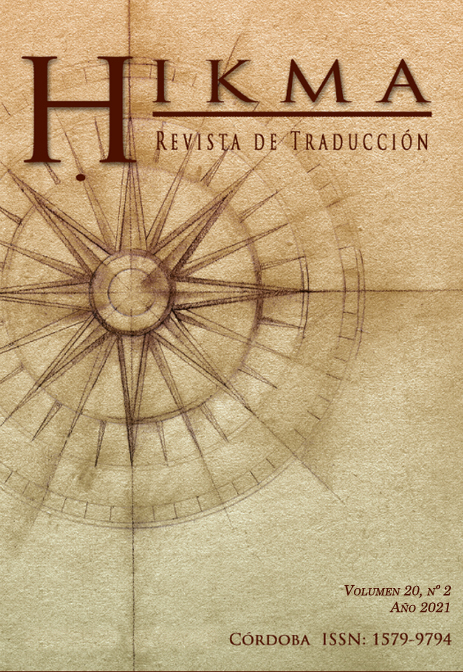Translation Policy: A Tool to Digitally Empower or to Digitally Disempower Migrant Communities?
Contenu principal de l'article
Résumé
Digitally mediated communication in the public sector has changed how citizens and authorities communicate. Within this digital context, it has been identified that language problems may be an underlying cause of social exclusion for migrant groups (see Khorshed and Imran, 2015, p. 347), which seems to indicate that the lack of language proficiency in the host country’s language may give rise to new forms of digital divides in migratory contexts. Bearing this in mind, here we contend that, for migrants with language barriers, access to key digital services within the public sector can happen through translation provision, which may be used as a tool to digitally empower them. Thus, based on this logic, in this paper the digital empowerment (Mäkinen, 2006) of migrant communities is explored assessing to what extent the implementation of translation policy empowers migrants’ digital communication with the host country’ authorities within the public services. To this end, we will focus on a case study, the translation policy implemented in the case of the digital communication between the Spanish ministry for Migration and migrants in the case of two immigration procedures, which will be investigated from a descriptive stance using the methodological concept of domain. Our initial findings suggest that the translation policy implemented by this Spanish ministry results in diametrically opposed levels of migrants’ digital empowerment in our case study. Thus, arguably, even if translation policy could be used as a tool to digitally empower all migrants in our case study, it seems to be used as a tool to empower only some of them; the most powerful group of migrants
Téléchargements
Details de l'article

Ce travail est disponible sous licence Creative Commons Attribution - Pas d’Utilisation Commerciale - Partage dans les Mêmes Conditions 4.0 International.
Les auteurs qui publient dans cette revue acceptent les conditions suivantes :
- Les auteurs conservent les droits d'auteur et accordent à la revue le droit de première publication du travail simultanément sous une Licence Creative Commons Attribution, permettant à d'autres de partager le travail en reconnaissant la paternité du travail et sa publication initiale dans cette revue.
- Les auteurs peuvent conclure des accords contractuels supplémentaires séparément pour la distribution non exclusive de la version publiée du travail dans la revue (par exemple, l'envoyer à un référentiel institutionnel ou le publier dans un livre), avec une reconnaissance de sa publication initiale dans cette revue.
- Il est permis et encouragé aux auteurs de publier leurs travaux en ligne (par exemple, dans des référentiels institutionnels ou sur leur site Web) avant et pendant le processus de soumission, car cela peut entraîner des échanges productifs, ainsi qu'une citation plus précoce et plus importante du travail publié (voir L'effet de l'accès ouvert).

